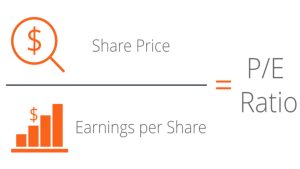In India it starts from 1 April and 31 March
So what is an Assessment year?
The assessment year (AY) is the year that follows the FY. It is the period when the income generated is measured and taxed during the FY. Both FY and AY begin on April 1st, and end on March 31st. FY 2019-20 and AY 2020-21 for example are just the same.
What is the difference between an Assessment Year and Financial Year?
To summarize both, FY comes before AY. Both of them begin at the same date i,e 1 April and end at 31 March. You earn the income in FY and pay taxes in AY.
From the viewpoint of income tax, FY is the year you accumulate wealth in. AY is the year after the financial year where you’re expected to calculate the profits from the previous year and pay taxes on it.
For example, if your financial year is between 1 April 2019 and 31 March 2020, then it is known as the 2019-20 FY. The calculation year for the money received during this time will start after the end of the financial year – that is, from April 1 to March 31, 2021. Therefore the assessment year will be AY 2020-21.
Do ITR forms have AY?
Since income is measured and paid in the assessment year for each specific financial year, income tax return forms have an AY. Revenues generated in a financial year are not taxable until it is obtained.
Situations such as work loss, career transition, new investments, and so on will come up in the middle or end of the FY. Therefore the evaluation can only begin after the end of the financial year. Therefore, taxpayers must pick AY before filing their tax returns.



